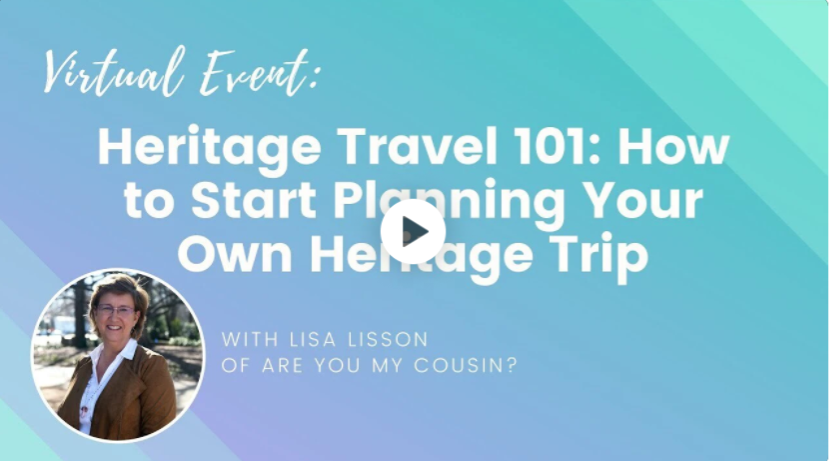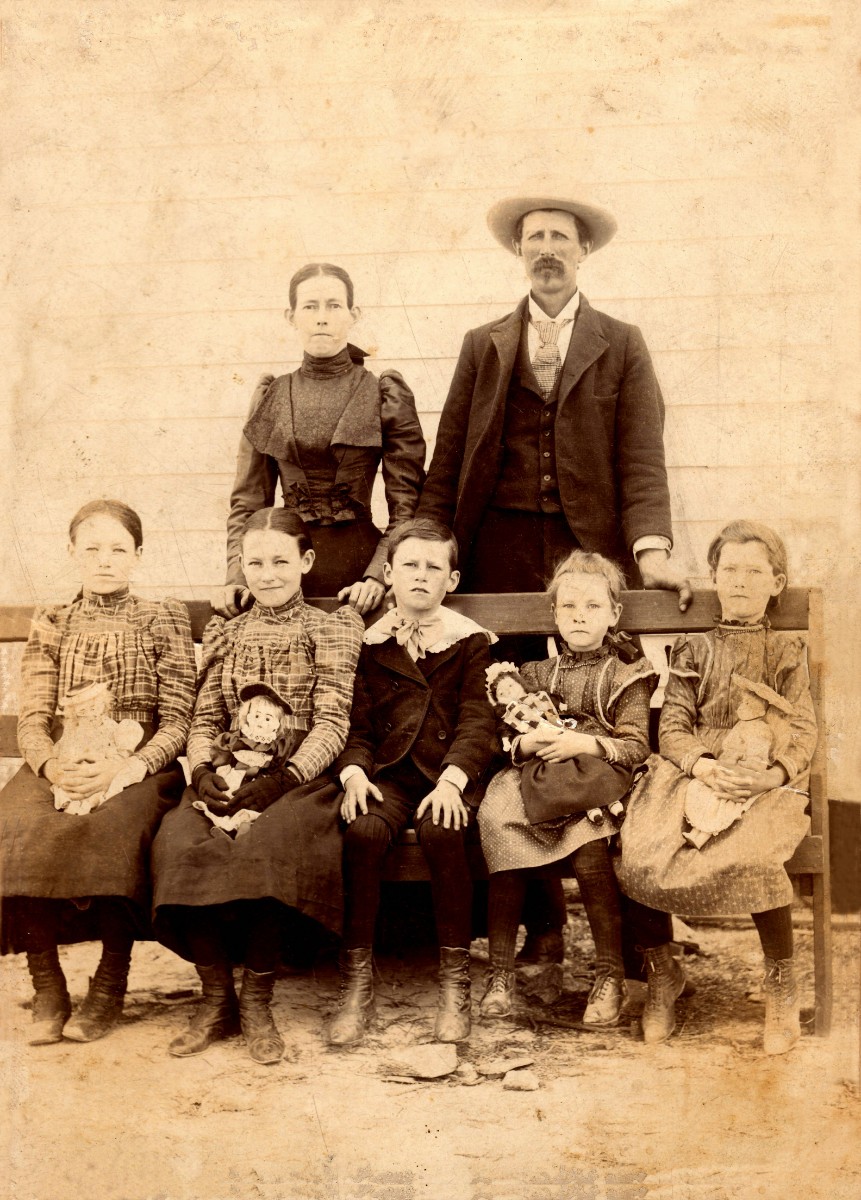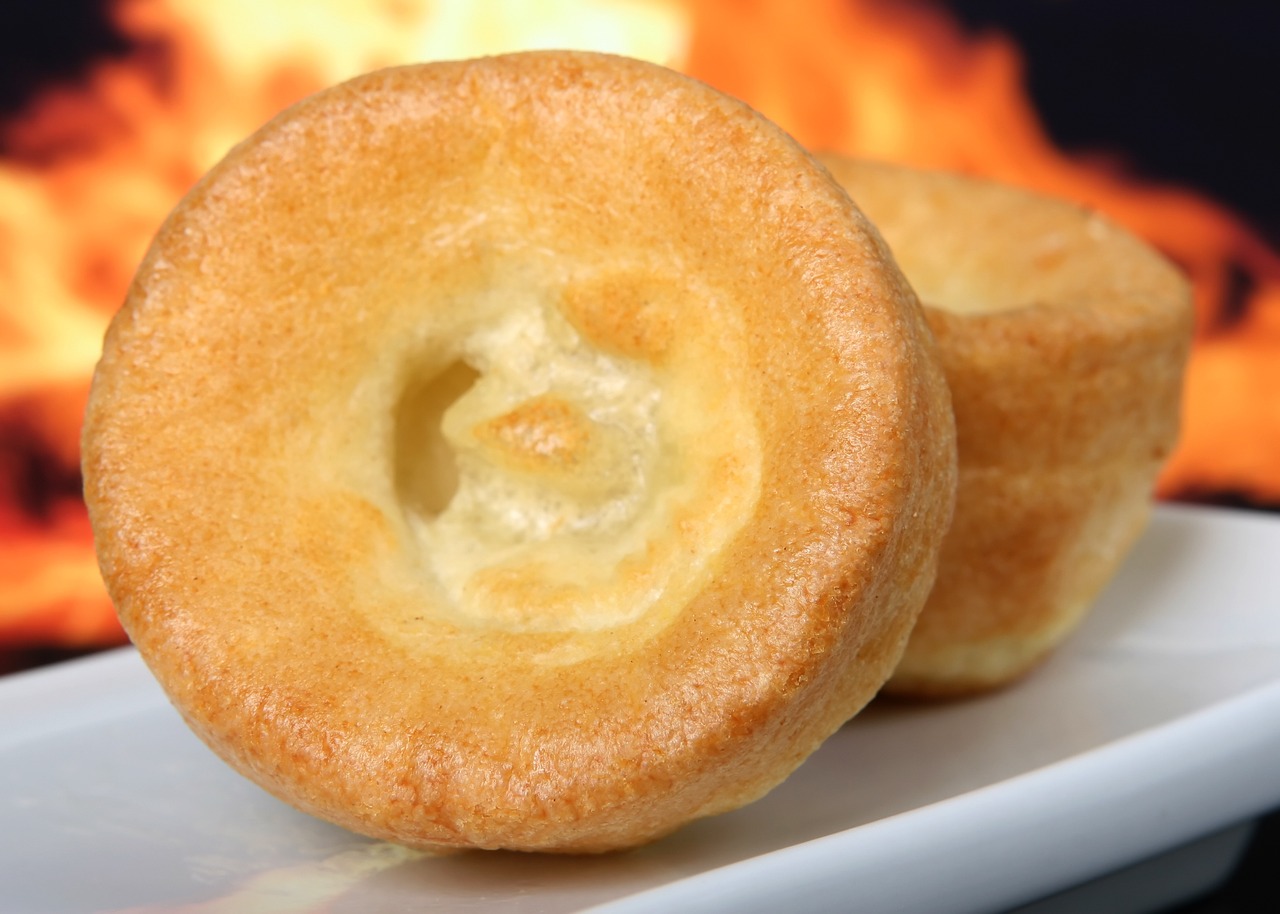Heritage travel is a very popular way to choose your destinations! If you are considering diving down this rabbit hole of information, Lisa Lisson can help guide your way with her wealth of insights.
Genealogy is one of the fastest-growing hobbies. The abundance of records online and the ability to test our DNA has given people the option to connect to their pasts in new ways. Being able to walk the streets where your ancestors walked or even meet distant relatives offers travelers a profound connection to the family that came before them.
The pandemic has impacted our ability to travel, but the ability to travel to an ancestor’s homeland or town can still be done virtually.
But first….we have to find out where our ancestors lived. We have to find out where we want to go. Get ready for your crash course in genealogy and heritage travel!
Heritage Travel: Finding Your Roots
Heritage travel offers the traveler more than just the ability to see the sights of where one’s ancestors lived. It provides the traveler with the ability to connect to previous generations. One can see the sights an ancestor saw, experience the weather an ancestor endured, and taste the foods an ancestor ate.
Through heritage travel, an individual can experience that intangible connection and gain a new perspective on past generations.
Wanderful members only!

4 Tips To Find An Ancestor’s Country of Origin

1. Start with what your family already knows.
You might be surprised at what information is common knowledge among some family members. Talk to your parents, grandparents, aunts, uncles, and cousins. Gather your family’s oral history. Often hidden in those family stories are clues to your ancestry, if not the actual answer.
For example, on visits to older relatives, did you always sit down to afternoon coffee with a delicious cardamom-infused danish called pulla? Did you wonder why you only ever had pulla at their house?
Upon asking about it, they share that pulla was a part of the afternoon coffee traditions they learned from their parents who grew up in Finland. In that simple question, the family’s link to Finland is revealed.
2. Seek out Vital Records such as birth, marriage, and death records.
Whether formal records like a birth certificate or non-official records like an obituary, these records hold information on an individual’s birthplace, as well as names of the previous generation and their birthplaces.
3, Explore Census Records (Or your country’s equivalent official records).
The first U.S. Census was taken in 1790 and has been taken every 10 years since. Information collected for each census varied, but the 1850 – 1940 census records will be the most helpful to find a birthplace or country of origin.
Typically, you will find a state or country listed, but cities/towns can be found, too. You can access census records at FamilySearch.org for free or use a subscription database like Ancestry.com.
Many countries have a similar type of official database you could review. For Non-U. S. researchers, just check to see when the census was taken for your country of research.

4. Explore Naturalization and Immigration Records.
Ship passenger lists, naturalization records, and citizenship papers all potentially list an ancestor’s country of origin and sometimes, the town or city. Find naturalization records at Ancestry.com, FindMyPast, and MyHeritage.
Explore Where Your Ancestor(s) Lived – Virtually
Now you (hopefully!) know where your ancestor lived. It could be in a neighboring state, or in another country. Your laptop will serve as your portal into your family history. No passport required!
Google Maps
Google Maps is not just for directions to get from point A to point B. With the Google Maps street view, walk the streets where your ancestors walked. See what they saw. You can see how their world has changed. You can see the buildings where they lived or worked or worshipped.
For example, my husband’s great grandfather Israel Lisson immigrated to America in the late 1880s from Russia. Research revealed he was originally from what is, today, Kaunas, Lithuania. Given the time period Israel lived in Lithuania, I was particularly interested in the Old Town portion of Kaunas known as Vilnius. Vilnius was also the center of Jewish life at one time often being called the Jerusalem of the North.
Using the street view on Google Maps, I “walked” the narrow cobblestone streets of the area. I “stood” at the site where he would have worshipped in the Jewish synagogue. I walked where my ancestor Israel Lisson walked.

Explore Your Ancestor’s Culinary Heritage
Food connects people, and food can connect generations. The culinary heritage of a region was influenced not just by taste, but by available ingredients and the local economy. Religious food laws also played a part in the food culture of past generations.
What a society ate and drank opens a window into the culture and lifestyle of its people. In short, food tells the story of the people who lived there.
While we may not be able to travel to our ancestor’s homeland, we can enjoy the foods they ate and the traditions surrounding that food.
With a little research online, you can learn the traditional foods and recipes of a particular culture.
Let’s head back to Lithuania…
My research reveals that Lithuania has a wide variety of traditional foods. The family of Israel Lisson would have been influenced by Jewish law as well. Dishes like Bulviniai blyna (potato pancakes) are reminiscent of the Lithuanian Jewish population. With an afternoon spent in the kitchen, my family can taste the foods of their ancestors.
My own ancestry is predominantly English. With trips to London canceled this year, I’m “traveling” to England in my kitchen! Yorkshire pudding, anyone?

Culinary Heritage Tip:
Explore vintage cookbooks to learn more about traditional foods and traditions surrounding those dishes. Many can be found online at Google Books.
Virtual Museum and Heritage Site Tours
With tourists so few recently, many museums and heritage sites have created virtual tours and educational series so we can participate from home.
The variety available online is astounding!
Do you have German ancestors? Irish ancestors? Examples you’ll want to explore:
- German American Heritage Center – Explore your German ancestors as they settled in the upper Midwest in the late 1880s.
- The National Museums of Ireland – Learn about the daily life of your Irish ancestors by visiting these 4 museums.
- The Tenement Museum (New York) – Many Americans have immigrant ancestors who came into America through New York. The Tenement Museum offers virtual events to learn and experience the life of your immigrant ancestors.
City and country tourism boards have been creating their own virtual tours as well. Recent research into a family with deep roots in what is today Poland found Wroclaw, Poland as the hometown.
An attempt to learn more about the area and town of the family led to the discovery of a virtual tour allowing visitors to explore the historic main square and other parts of Wroclaw Old Town.
Virtual Tour Tip:
Structure your internet search for virtual tours of cities and museums/attractions to include the location and/or topic of interest. For example: Search “Poland Virtual Museum Tours” to find tours to learn more about your Polish ancestors.
Exploring and experiencing our cultural heritage does not have to be limited by expense or our ability to even travel. Our heritage and the culture of our ancestors can be experienced in their foods, their customs, and by “traveling” the streets they walked. By seeing the streets, by eating the foods, and by exploring their community through museums, connection to our past is possible.



